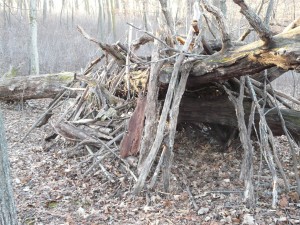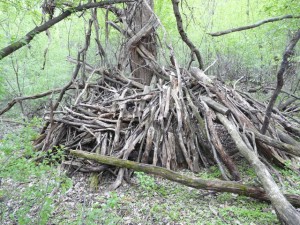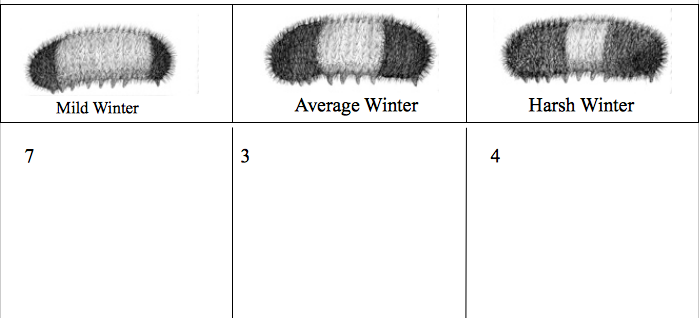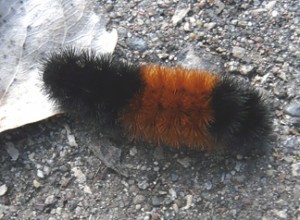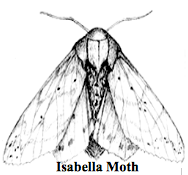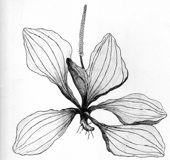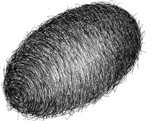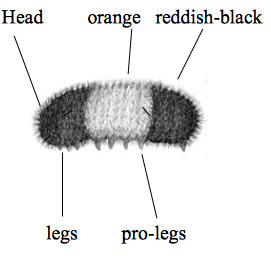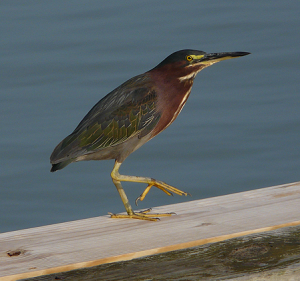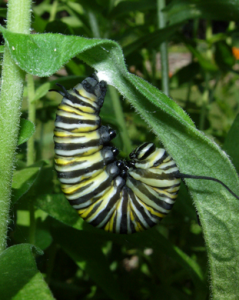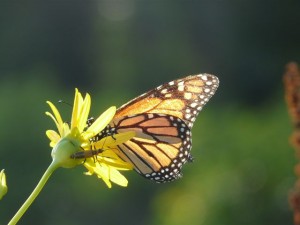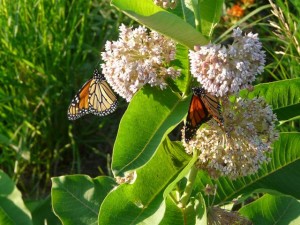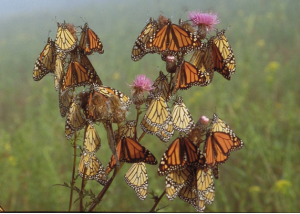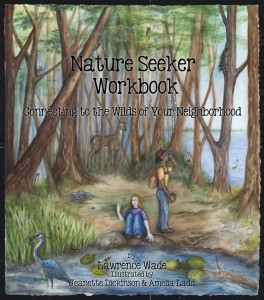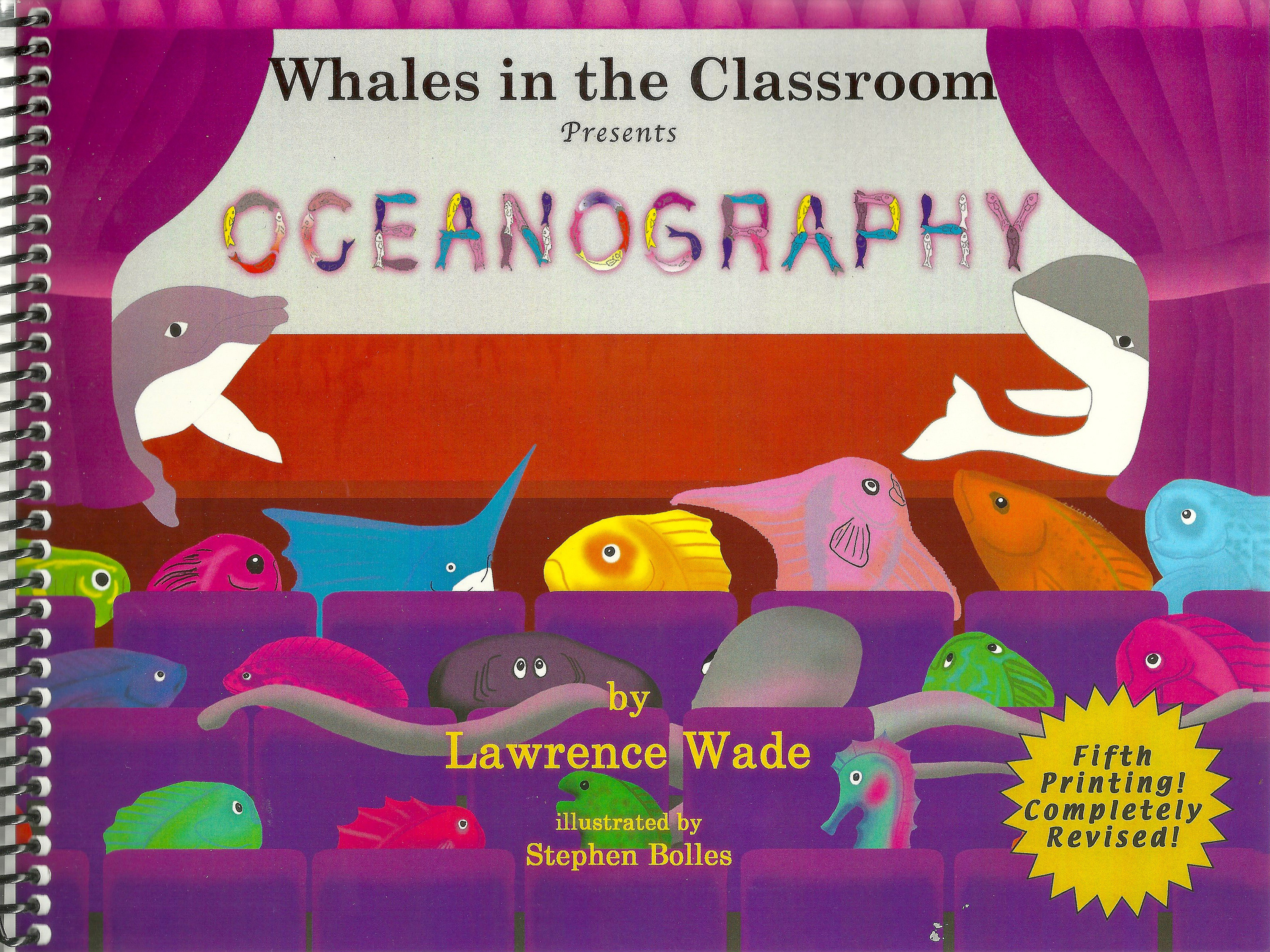What is a guardian? I am not sure. It sounds like it could be another reality TV show that I don’t want to watch. My thesaurus says that a guardian is a “protector, sentinel, or keeper”. I consider myself a nature guardian, but none of those words describe what my feelings are. Last week, I scraped a dead squirrel off the road and buried it. Last summer, I let a dragonfly out of my car. I found a bunch of cans in the park and recycled them. Everyday I have many opportunities to express what I think is a guardian. During the school year my guardianship shifts to children and I try to stay connected to them, I am caring and encourage them to do their best everyday. My desire is to act on my student’s behalf, so they can take their place in the world, and contribute in a positive way.
I believe everyone expresses his/her guardianship in a unique way. I try to stay connected to the Earth and be caring, by physically doing something for the Earth on a daily basis. This is something I want to do, and in many ways, it is a type of food that sustains my spirit. I am not trying to save the world, and bragging about what I am doing for the Earth. But I feel blessed to live here, and I am trying to remain true to myself.
Fifty things you can do every day to be a nature guardian.
- Take a hike and be open to the beauty that is around you.
- Spend time outside every day
- Learn 10 common sounds
- Learn 10 common birds
- Go camping
- Go biking and appreciate nature that is around you
- Pick up your dog’s poop
- Pick up cans and trash in a local park.
- Pull out buckthorn and other invasive weeds
- Do a volunteer project to improve the land
- Go canoeing, kayaking, or swimming in a lake
- Reduce your electrical usage: turn off lights; reduce heat; air dry your wash
- Reduce the number of trips you take in your vehicle
- Bike to work once a week
- Don’t use herbicides or pesticides on your lawn or plants
- Plant a vegetable and butterfly garden
- Keep a nature journal
- Make a “fort” out of natural materials and spend some time in it.
- Take photographs of nature
- Write a poem or prose about something you saw in nature
- Adopt a vacant lot and plant it with native trees, shrubs or prairie (depending upon what was once on the land).
- Learn 10 common trees and shrubs
- Create a compost heap, and recycle your kitchen waste
- Reduce the amount of trash you put into the landfill each week
Still working on the other twenty-six…..
Help me out. Add to the conversation and say what you think a nature guardian is. Add to the list above.

